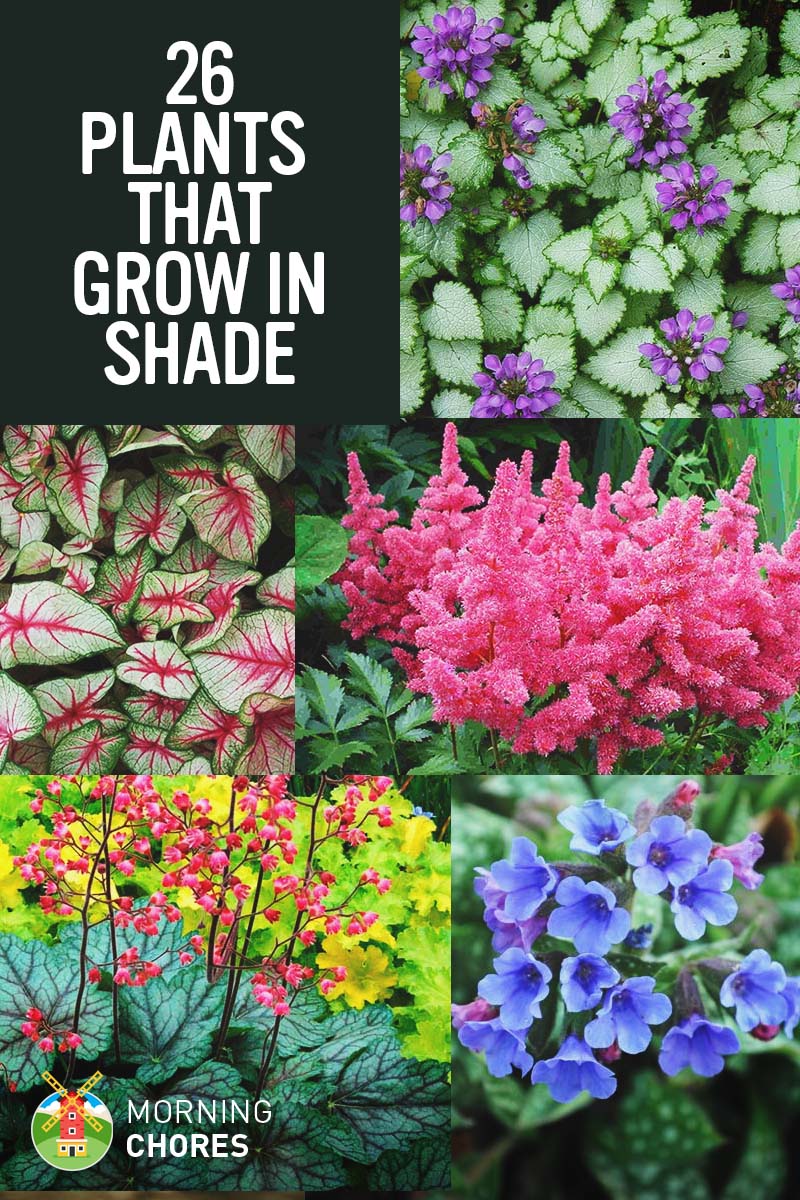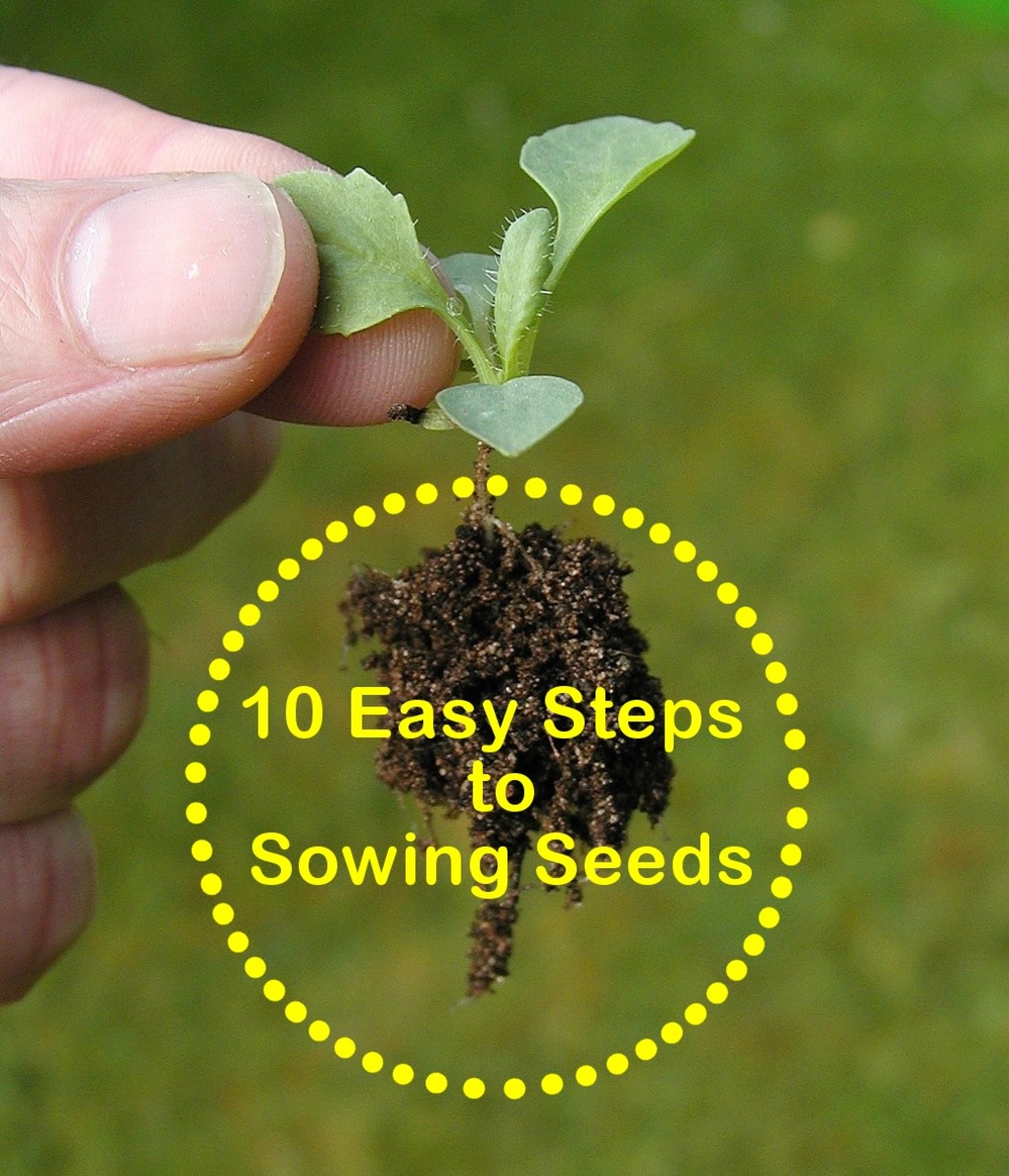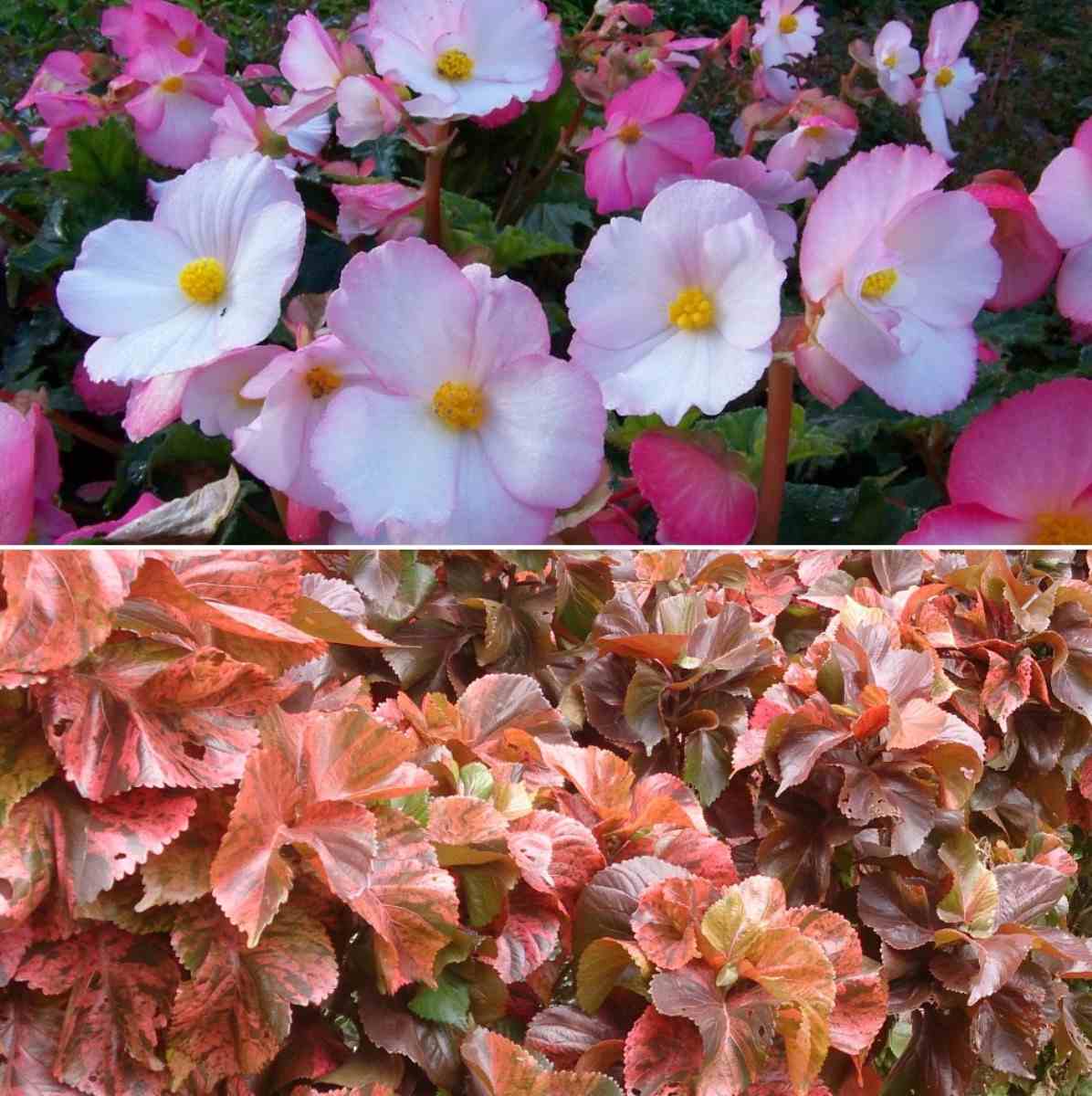Discover the Joy of Shade Gardening with These Low-Maintenance Plants
Shade gardening offers a unique opportunity to grow a variety of plants in areas with limited sunlight. While many gardeners assume that shade gardens are limited to a few ferns and hostas, the reality is that there are countless options for shade plants that can thrive in low-light conditions. One of the easiest ways to get started with shade gardening is to grow plants from seed. Not only is this method cost-effective, but it also allows gardeners to choose from a wide range of species that are specifically bred for shade tolerance.
Easy shade plants to grow from seed are perfect for gardeners of all skill levels. These plants are often low-maintenance and can thrive in a variety of conditions, making them ideal for busy gardeners or those new to shade gardening. By growing plants from seed, gardeners can also enjoy the satisfaction of watching their plants grow and develop from a tiny seedling into a mature, thriving plant.
Some popular shade plants that are easy to grow from seed include impatiens, coleus, and ferns. These plants are all relatively easy to care for and can thrive in a range of light conditions, from partial shade to full shade. By incorporating these plants into a shade garden, gardeners can create a beautiful and thriving oasis that provides a peaceful retreat from the sun.
In addition to these popular shade plants, there are many other options available for gardeners who want to grow plants from seed. By exploring the many different species of shade plants, gardeners can find the perfect plants to suit their needs and create a unique and beautiful shade garden.
How to Choose the Perfect Shade Plants for Your Garden
When selecting shade plants for your garden, there are several factors to consider to ensure you choose the right plants for your specific conditions. One of the most important considerations is soil type. Different shade plants have different soil requirements, so it’s essential to choose plants that are compatible with your soil type. For example, if you have acidic soil, you may want to choose plants like azaleas or rhododendrons that thrive in acidic conditions.
Moisture levels are another critical factor to consider when choosing shade plants. Some shade plants, like ferns and impatiens, prefer consistently moist soil, while others, like coleus and begonias, can tolerate some drought. Make sure to choose plants that are compatible with your garden’s moisture levels.
Desired plant height is also an essential consideration when choosing shade plants. If you’re looking to create a layered look in your garden, you may want to choose a mix of tall and short plants. For example, you could plant tall plants like sunflowers or delphiniums in the back of your garden, and shorter plants like creeping thyme or sweet woodruff in the front.
Some popular shade plants that are easy to grow from seed include impatiens, coleus, and ferns. These plants are all relatively low-maintenance and can thrive in a range of light conditions, from partial shade to full shade. Impatiens are a great choice for gardens with consistently moist soil, while coleus prefers well-draining soil and partial shade. Ferns are a great choice for gardens with acidic soil and high moisture levels.
When choosing shade plants, it’s also essential to consider their growth habits and maintenance requirements. Some shade plants, like hostas and daylilies, are relatively low-maintenance and can thrive with minimal care. Others, like astilbe and bleeding heart, may require more frequent watering and fertilization.
Preparing the Soil for Optimal Seed Germination
Soil preparation is a crucial step in growing easy shade plants from seed. The right soil conditions can make all the difference in seed germination and plant growth. Before sowing seeds, it’s essential to test the soil pH to determine if it’s suitable for the plants you want to grow. Most shade plants prefer a slightly acidic to neutral soil pH, ranging from 6.0 to 7.0.
To test the soil pH, you can purchase a soil testing kit or send a sample to a laboratory for analysis. If the soil pH is too high or too low, you can amend it with organic matter such as compost or peat moss. Adding organic matter will also help improve the soil’s structure and fertility.
Creating a well-draining seed starting mix is also critical for optimal seed germination. A mix that is too dense or waterlogged can prevent seeds from germinating or cause them to rot. To create a well-draining mix, combine equal parts of peat moss, vermiculite, and perlite. This mix will provide the right balance of moisture and aeration for seed germination.
Another important consideration is the use of high-quality seeds. Look for seeds that are specifically bred for shade tolerance and are suitable for your climate. Using high-quality seeds will increase the chances of successful germination and healthy plant growth.
Finally, make sure to sterilize your seed starting equipment and containers to prevent the spread of diseases. This can be done by washing the equipment and containers with soap and water, and then sterilizing them with a solution of 1 part bleach to 10 parts water.
By following these steps, you can create an optimal environment for seed germination and give your easy shade plants the best chance to thrive. Remember to choose the right soil, create a well-draining seed starting mix, use high-quality seeds, and sterilize your equipment to ensure successful germination and healthy plant growth.
Sowing Seeds with Success: A Step-by-Step Guide
Sowing seeds for shade plants requires attention to detail and a few simple steps. To ensure successful germination and healthy seedlings, follow this step-by-step guide:
Step 1: Prepare the Seed Starting Mix
Fill a seed starting tray or small pots with a well-draining seed starting mix. Moisten the mix with water, but make sure it’s not too wet or dry.
Step 2: Sow the Seeds
Place one or two seeds in each cell or pot, depending on the size of the seeds. Cover the seeds with a thin layer of the seed starting mix. The general rule of thumb is to sow seeds at a depth of 2-3 times their diameter.
Step 3: Water the Seeds
Water the seeds gently but thoroughly. Make sure the soil is moist but not waterlogged. If you’re using a seed starting tray, you can water from the bottom by placing the tray in a sink or tray filled with water.
Step 4: Provide Adequate Light and Temperature
Most shade plants require indirect light to germinate. Place the seed starting tray or pots in a location with bright, indirect light. The ideal temperature for germination varies depending on the plant species, but most shade plants prefer daytime temperatures between 65-75°F (18-24°C) and nighttime temperatures around 55-65°F (13-18°C).
Step 5: Maintain Humidity and Monitor Progress
Cover the seed starting tray or pots with a clear plastic bag or cloche to maintain humidity and promote germination. Check the seeds daily for signs of germination, such as tiny roots or shoots emerging from the soil.
By following these simple steps, you can successfully sow seeds for easy shade plants to grow from seed. Remember to use high-quality seeds and seed starting trays to ensure the best possible results.
Easy-to-Grow Shade Plants from Seed: Top Recommendations
When it comes to growing easy shade plants from seed, there are many options to choose from. Here are some top recommendations for shade plants that are easy to grow from seed and require minimal maintenance:
Sweet Woodruff (Galium odoratum) – This perennial plant is a great choice for shade gardens, with delicate white flowers and a sweet, vanilla-like fragrance. It’s easy to grow from seed and requires minimal maintenance.
Bleeding Heart (Dicentra spectabilis) – With its heart-shaped flowers and delicate foliage, bleeding heart is a popular choice for shade gardens. It’s easy to grow from seed and requires minimal maintenance, making it a great choice for beginners.
Astilbe (Astilbe spp.) – Astilbe is a low-maintenance perennial plant that thrives in shade gardens. It’s easy to grow from seed and produces beautiful, feathery plumes in shades of pink, red, and white.
Creeping Thyme (Thymus serpyllum) – This low-growing, spreading plant is a great choice for shade gardens, with tiny, fragrant leaves and pink or white flowers. It’s easy to grow from seed and requires minimal maintenance.
Forget-Me-Not (Myosotis spp.) – With its small, blue flowers and delicate foliage, forget-me-not is a charming addition to any shade garden. It’s easy to grow from seed and requires minimal maintenance.
These are just a few examples of easy-to-grow shade plants from seed. By choosing the right plants for your garden and following the tips outlined in this article, you can create a beautiful and thriving shade garden with minimal maintenance.
Tips for Caring for Your Shade Plants from Seed to Maturity
Caring for your shade plants from seed to maturity requires attention to their specific needs. Here are some tips to help you keep your plants healthy and thriving:
Watering: Shade plants typically require less water than plants grown in full sun. However, they still need consistent moisture to thrive. Water your plants when the top inch of soil feels dry to the touch. Avoid overwatering, which can lead to root rot and other problems.
Fertilizing: Feed your shade plants with a balanced fertilizer during the growing season (spring and summer). Avoid fertilizing during the dormant season (fall and winter), as this can cause new growth that may not have time to harden off before the first frost.
Pruning: Prune your shade plants regularly to maintain their shape and promote healthy growth. Remove any dead or damaged leaves or stems, and cut back overgrown plants to encourage new growth.
Pest and Disease Control: Keep an eye out for common pests and diseases that can affect shade plants, such as slugs, snails, and powdery mildew. Use organic or chemical controls as needed to prevent infestations and infections.
Common Pests and Diseases: Some common pests and diseases that can affect shade plants include:
Slugs and snails: These pests can cause significant damage to shade plants, especially those with tender leaves. Use copper tape or crushed eggshells to deter them.
Powdery mildew: This fungal disease can cause a white, powdery coating to form on the leaves of shade plants. Use a fungicide or remove infected leaves to prevent the spread of the disease.
By following these tips, you can keep your shade plants healthy and thriving from seed to maturity. Remember to monitor your plants regularly and take action at the first sign of any problems.
Common Mistakes to Avoid When Growing Shade Plants from Seed
When growing shade plants from seed, there are several common mistakes to avoid. By being aware of these mistakes, you can take steps to prevent them and ensure the success of your shade garden.
Overwatering: One of the most common mistakes when growing shade plants from seed is overwatering. Shade plants typically require less water than plants grown in full sun, and overwatering can lead to root rot and other problems. Make sure to check the soil moisture regularly and only water when necessary.
Underwatering: On the other hand, underwatering can also be a problem when growing shade plants from seed. Shade plants need consistent moisture to thrive, and underwatering can cause them to become stressed and vulnerable to disease. Make sure to water your shade plants regularly, but avoid overwatering.
Inadequate Light: While shade plants can tolerate low light conditions, they still need some light to photosynthesize and grow. Make sure to provide your shade plants with the right amount of light for their specific needs. If you’re growing shade plants indoors, consider using grow lights to supplement the natural light.
Poor Soil Quality: Shade plants are often more sensitive to soil quality than plants grown in full sun. Make sure to use a high-quality potting mix that is specifically designed for shade plants. Avoid using soil from your garden, as it may be too dense and lacking in nutrients.
Not Providing Enough Humidity: Shade plants often prefer high humidity, especially when they’re young. Make sure to provide your shade plants with enough humidity by covering the pot with a clear plastic bag or a cloche. You can also use a humidifier to maintain a humid environment.
By avoiding these common mistakes, you can ensure the success of your shade garden and enjoy the beauty and benefits of growing your own shade plants from seed.
Conclusion: Enjoying the Fruits of Your Labor in Your Thriving Shade Garden
With the right knowledge and techniques, growing easy shade plants from seed can be a rewarding and enjoyable experience. By following the tips and guidelines outlined in this article, you can create a beautiful and thriving shade garden that brings joy and serenity to your outdoor space.
Remember, the key to success lies in choosing the right plants for your shade garden, preparing the soil properly, and providing the right care and maintenance. With a little patience and effort, you can enjoy the fruits of your labor and watch your shade plants thrive.
Whether you’re a seasoned gardener or just starting out, growing easy shade plants from seed is a great way to add some beauty and interest to your outdoor space. So why not give it a try? With the right guidance and support, you can create a stunning shade garden that you’ll enjoy for years to come.
By growing your own shade plants from seed, you’ll not only save money and have more control over the growing process, but you’ll also experience the satisfaction of watching your plants grow and thrive. And with the variety of easy-to-grow shade plants available, you’re sure to find the perfect plants to suit your needs and preferences.
So don’t wait any longer to start growing your own easy shade plants from seed. With the right knowledge and techniques, you can create a beautiful and thriving shade garden that brings joy and serenity to your outdoor space. Happy gardening!







